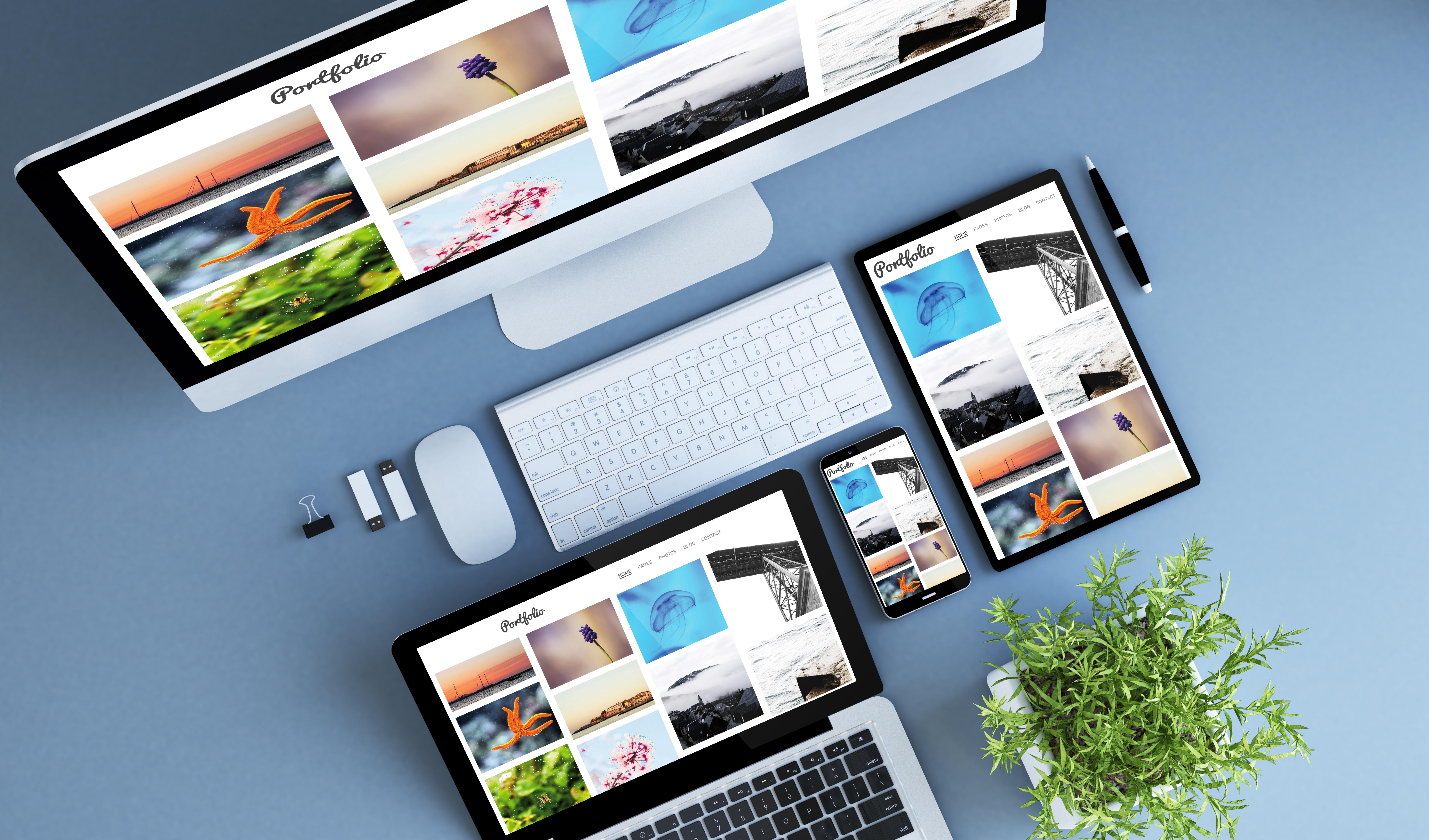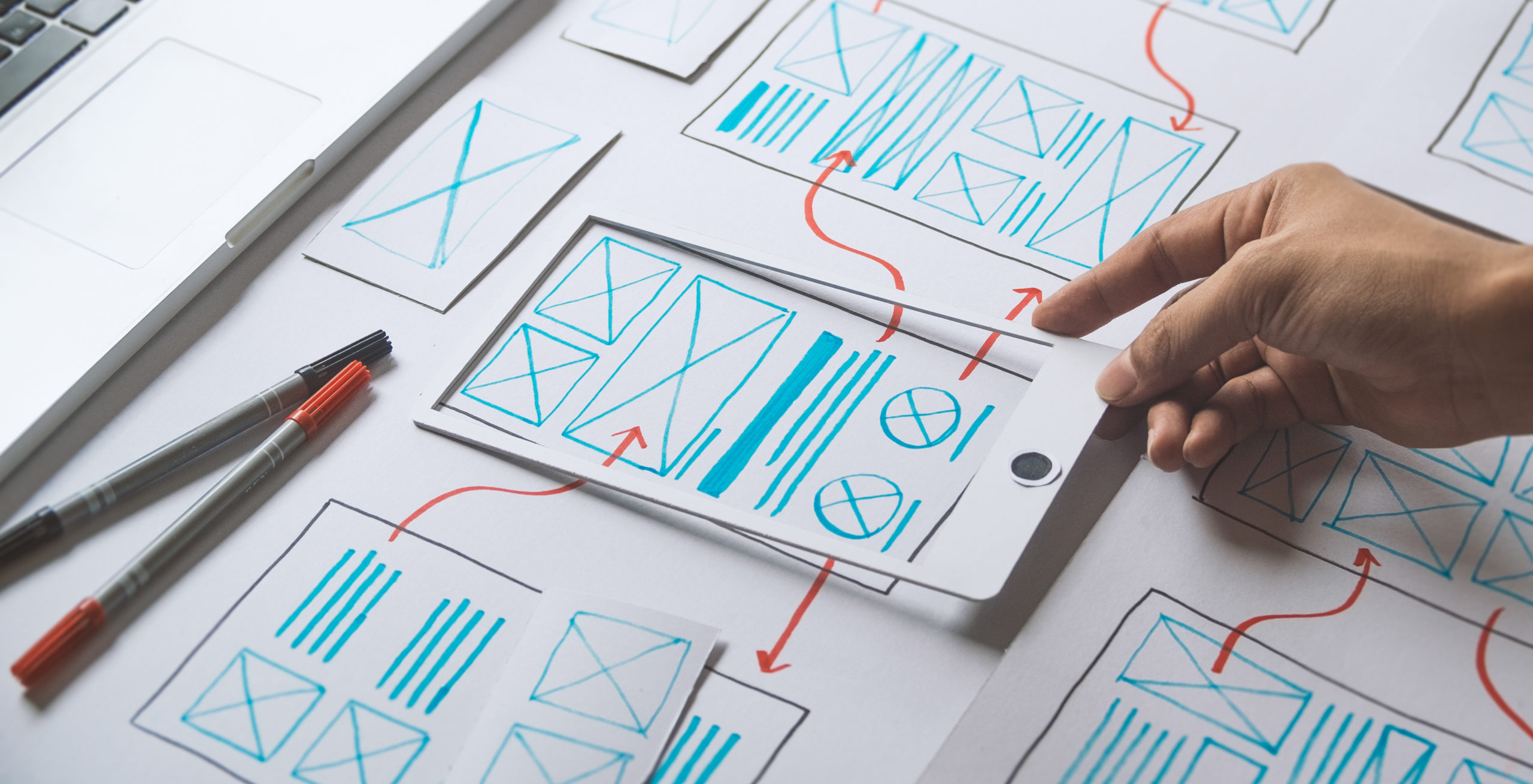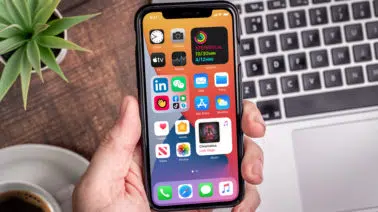According to Career Sidekick, the typical employer will interview 6-10 candidates for a job, and candidates will go through at least 2-3 rounds of interviews before receiving an offer. And the UX design interview process is no different. UX design interviews can range from 1:1 interviews, group interviews, hands on work and portfolio presentations. Plus, it’s important to note that UX designers should apply the design process to their interview process.
As the Head of Product Design here at Udacity, Scott Dickie understands what it takes to ace a UX Design interview. He’s led teams that have worked on everything from widely used consumer products to enterprise products that power the largest organizations in the world. Below are his five recommendations when preparing for a UX interview.
1. Craft a Strong Story of Your Work

Your portfolio is one of the most valuable materials for a UX design interview. A portfolio includes case studies of your most recent projects. The case studies highlight the problem you were solving, your design process, the activities and deliverables you completed, and the challenges you overcame during the project. Don’t worry about including every deliverable or detail; focus on the essential areas and tell a compelling story about them.
Interviewers like to hear the overall vision of the project but also dig into the details of crucial parts. It’s important to speak about the business problem you were solving and why that problem is important to solve for the business. This will show the interviewers that you understand the impact of your work and the larger picture.
2. Practice Answering Common Questions
Be prepared for the “most common” UX design interview questions. First, list out the questions and write down your responses. Then, practice them until you can speak confidently and naturally. Interviewers will ask you broad questions about your strengths and weaknesses, your ability to collaborate with product managers, engineers, and stakeholders and specific questions about your own unique design perspective and how that shows up in your work.
Interviewers could also ask you specific situational questions about how you solved a challenging problem or overcame a conflict, so it’s helpful to have several stories about your past projects ready to go.
3. Ask Questions & Be Curious
Interviews are two-sided — you are also interviewing the company to decide if it’s the right fit. Come prepared with questions for the interviewers about the types of projects they work on, who they work with and how they work with stakeholders. Again, understanding the maturity of the design team and collaborators can help you decide if it’s the right environment for you.
Sample questions to ask include:
- What is the design team most excited about?
- How do design decisions get approved?
- How do designers collaborate with others?
- What projects would I be working on?
4. Know the Company and Mission
Research the people you are also interviewing. Understanding their role, how long they’ve been in their position, and their interests will help you build rapport with them. If someone asks why you are interested in the company, would you be able to speak about why their mission is vital to you? Or your passion for their products? Researching the company and the industry beforehand is essential to have valuable discussions about the stability and potential of the company.
5. Be Yourself
Design is a profession where people come from many backgrounds and work experience. Your work experience, personality, and perspective are what make you unique. These are all valuable traits that need to shine through in your interview. Don’t pretend to be someone you aren’t by presenting yourself differently. You deserve a team and company that appreciates you for being you.
Push Your UX Design Career Forward

Focusing on the above details will help you prepare for your next UX Design interview. However, preparation for your interview also means understanding the skills needed to perform the job. With Udacity’s UX Design Nanodegree, you will learn how to create a digital user experience that is ready to be handed off for development.


